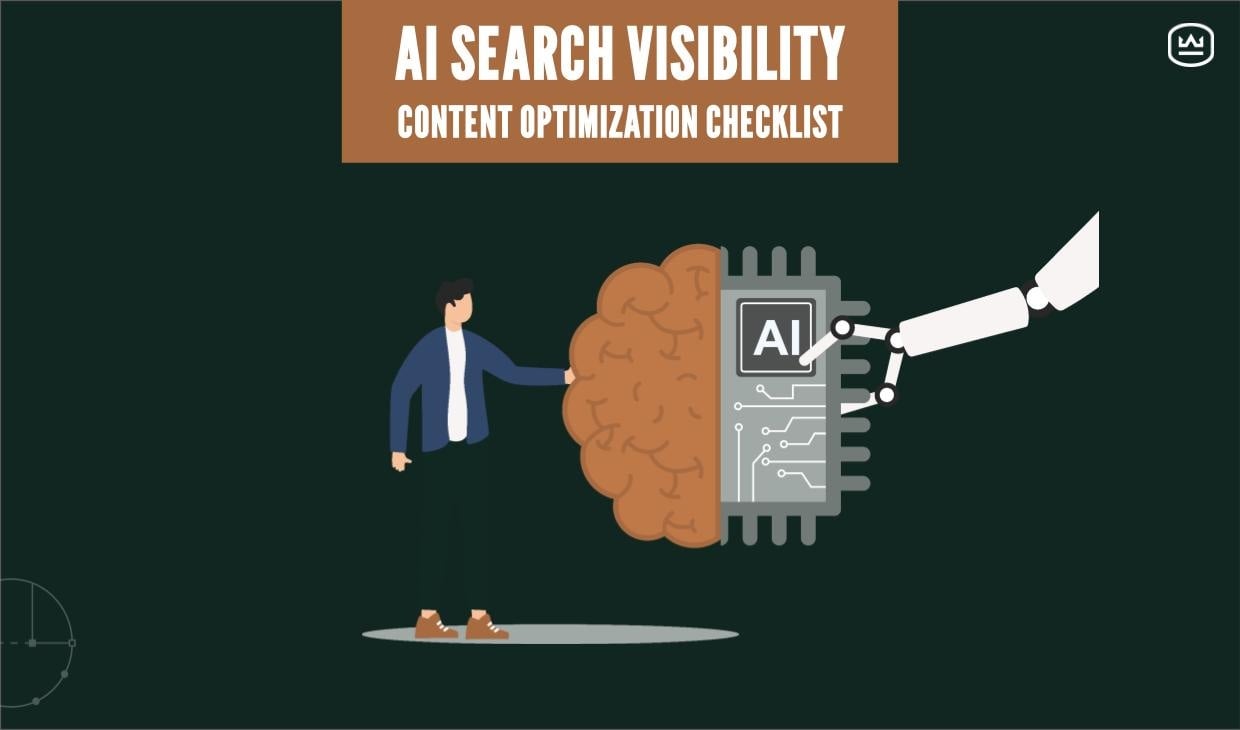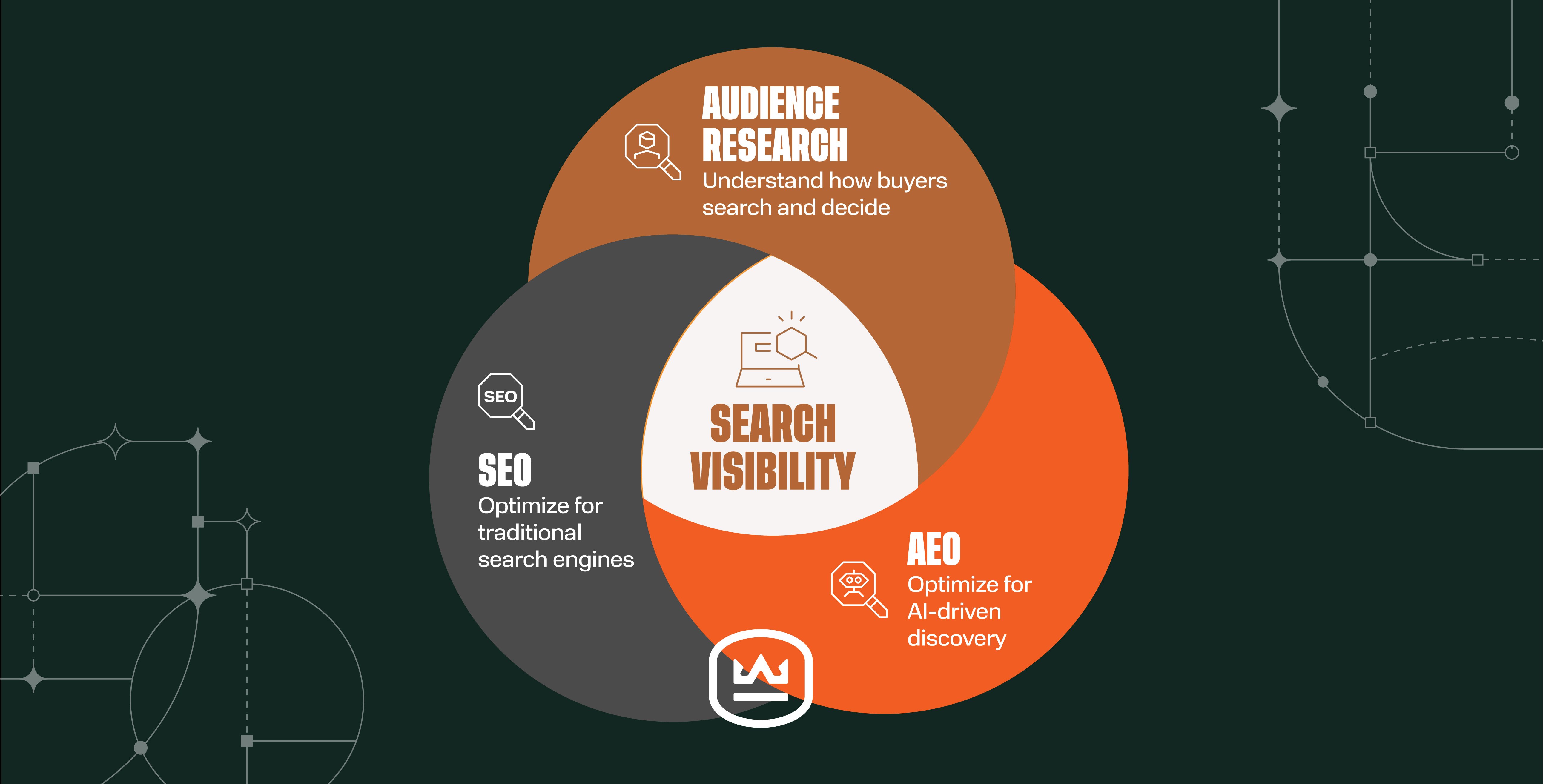GA4 vs universal analytics: Meaningful metrics comparison
Written by
Not all marketers are having an easy time transitioning from Google’s Universal Analytics (UA) to Google Analytics 4 (GA4) — seriously, some folks are struggling — but here’s the thing: GA4 is here to stay.
It’s past due time to start getting comfortable with GA4’s metrics and how they’ll inform your marketing strategies.
Fans of GA4 say it’s easier to customize without developer involvement, it values user interactions more accurately with a better, user-behavior focused data model that reflects the multiple ways people access information online. Plus, it’s the tool for the times given the loss of access to user data due to enhanced privacy policies.
But the pros don’t invalidate your learning curve as you transition away from the data you’ve used and trusted for a decade. That said, GA4 is here, and we’re here for it. So are you, like it or not.
In this post, we’ll take a few steps to make your embrace of GA4 easier. We’ll review:
- Key changes in terminology, metrics, and reports
- New dimensions and functionality GA4 delivers
- Strategic value for inbound marketers
- How to communicate new metrics and their meanings with your stakeholders
Once your team navigates the shift, you’re likely to discover new ways to optimize your use of GA4 and make your inbound marketing program even more data-driven and effective. Let’s do it!
What is GA4? A Paradigm Shift
GA4 can help guide your marketing team from shorter-horizon, session-based thinking to longer-term strategies centered around the ways people interact with your content.
Think of GA4 as more of a holistic landscape of the relationship between your content and users than disparate snapshots in time.
And with robust, complementary datasets, your teams can use contextual insights to make clearer sense of your users’ journeys.
If that doesn’t sound like useful insights to an inbound marketing team, what does? It will take some work to get used to, but there’s great potential for actionable insights. If you take a minute to think about how much you go back and forth between your laptop/desktop and your mobile device(s), you can appreciate the potential for insights in this newly available data.
RELATED: HOW USING BOTH HUBSPOT AND GA4 ANALYTICS IMPROVES INBOUND MARKETING
GA4 also applies machine learning to the data to help identify behavior patterns and trends that can inform your marketing and content strategies — while staying compliant with changing privacy regulations that otherwise leave gaps in data.
If you’ve relied on year-over-year metrics to evaluate performance, hopefully you implemented GA4 in a timely way; if not, this is a benchmarking year for your team. But expect this model to enable your teams to:
- Gather more granular data and more specific action tracking, for better segmentation and more effective personalization
- Automate more effectively to make campaigns more responsive and efficient
- Develop a longer-term, more detailed perspective on relationships between users and your content, across devices and platforms
It’s wise to educate not just your marketing team, but also your key stakeholders and sponsors, about how this change in focus presents new opportunities. Even more important, make sure stakeholders anticipate differences in tracking, collecting, and reporting user data. Ideally, you’ll have conversations to refresh expectations long before you’re delivering reports.
Key Terms: Data Collection & Metrics in GA4
GA4 introduced some new terms and metrics, and while some have direct predecessors in UA, others have been conceived to deliver new data that’s more useful, especially in the context of the evolving ways people access content across devices. First, a note about dimensions and metrics:
A dimension is a data attribute. It describes what kinds of information a data point refers to.
A metric, on the other hand, is a quantitative value — so it’s delivered as a number, ratio, percentage, average, etc.
A dimension might be a download, while a metric might tell you how many downloads occurred. Browsers, device categories, and regions are also dimensions. Some new metrics in GA4 include engagement rate, average engagement time, predictive metrics that can help refine targets, and user lifetime metrics to get those long-view insights GA4 promises.
In the meantime, here are a few dimension and metrics equivalents to compare in Universal Analytics versus GA4, and a few terms to get accustomed to.
Term |
Description |
|
Users |
As in UA, this refers to unique, individual visitors to your website and/or app. It still includes subsets like Total, Returning, and New users. However, when GA4 refers to users as a primary metric, it’s talking about active users. Expect this value to be quite different from your “Total Users” in UA. Active Users refers to users who have engaged in a measurable way (browsed for 10 or more seconds, clicked on 2 or more pages, or converted). This tells you how well your content engages users. In essence, Google is saying that total users don’t matter because if they’re not engaged, it isn’t a meaningful visit. |
|
Events |
Every user action is an event in GA4, from pageviews to ecommerce transactions: clicks, downloads, video plays, scrolling, etc. Some are collected by default; others can be custom-created. |
|
Sessions |
Same metric, but it doesn’t reset at midnight like it did in UA. By default, sessions end after 30 minutes of inactivity, but you can adjust this. |
|
See “Active users.” This is when a user browsed 10 seconds or longer, converted at least once, or had two or more page or screen views |
|
|
Views |
Combines pageviews and screen views, rather than tracking browser and app activity separately |
|
Average Engagement Time |
Replaces UA’s Average Time on Page |
|
Conversion |
Events selected to be counted as conversions. These can be counted per event or per session. Example: If a user downloads multiple PDFs in a session, depending on specific context, you can decide whether the actual number of downloads in a session matters, or just that any download took place. |
|
Attribution |
Provides enhanced modeling of how channels influence conversions for more accurate channel attribution. |
|
Bounce rate |
Percentage of users who don’t meet criteria for Active users; can be customized for a longer time threshold, up to 60 seconds. This differs from UA, where “bounce rate” was the percentage of sessions that included just one page view. |
|
Data streams |
Any flow of data from website or app to GA4. Includes websites, Android apps, and iOS apps. |
|
Explorations |
Advanced reporting in GA4 that goes beyond standard reports. Include Funnel exploration (helps you see the steps users take in their buyer journey) and Path exploration (can help you see where you lose users, for example) |
|
Segments |
Data subsets used in Explorations to enable more granular insights. Example: Do users from organic search behave differently from those coming in from LinkedIn? |
|
Cohorts |
Groups of users based on shared characteristics. Allows you to analyze cohort behaviors over time. |
|
Funnel visualization |
Illuminates drop-off points in your conversion funnel. |
What About Your Inbound Marketing KPIs?
Navigating the conversation about your GA4 data sets and the KPIs they can — and can’t — speak to may be a challenge. First, you’ll want to help stakeholders recognize and appreciate the valuable, data-driven insights GA4 can deliver, enabling marketers to:
- Identify behavioral signals of high-value prospects
- Reduce content funnel dropout
- Estimate channel ROI across the buyer journey
- Personalize sales and account management workflows
- Analyze retention and churn patterns
These insights can translate into strategies to optimize content types and topics, improve conversion paths, drive more and better qualified leads to sales, and maximize customer lifetime value. It’s about becoming less reactive and more strategic and data-informed.
Getting C-suite buy-in on revised KPIs depends on your ability to talk about the changes in the user landscape — in particular, how mobile devices have made many old measurements much less informative. Add new privacy regulations to changes in behavior, and it’s easier to understand why we need to change how we look at the landscape that’s changing.
Point out how new insights translate to profitability:
- Revenue growth — use new insights to achieve more conversions and sales
- Risk reduction — recognize, address, and prevent funnel dropouts to maximize leads
- Cost savings — optimize your highest-performing content formats, topics, channels, segments, etc., by allocating resources where they have the greatest business impact
- Customer retention — identify opportunities to delight, retain, and grow customers
While the switch from Universal Analytics to GA4 requires adapting to new terminology and functionality, the payoff is richer insights into customer behavior and marketing performance. GA4 presents an opportunity to see and understand the customer journey using data based on real interactions between people, your website, and its contents.
Speaking of data and benchmarking, here’s an opportunity to get a clearer understanding of what industrial B2B marketers are doing, what’s working for them, and how your marketing program’s effectiveness compares.
You’re invited to complete our survey, State of Industrial Sales & Marketing. As a member of the survey cohort, you’ll get instant, anonymous results showing steps industrial manufacturers are taking to align teams, generate leads, and apply software and AI solutions in business development. You’ll also get access to the final survey report, published in partnership with Databox Benchmark Groups. This is a transformative opportunity for your marketing team, and the first step is clicking below to take the survey.
Subscribe To Our Blog
Information. Insights. Ideas. Get notified every time a new Weidert Group blog article is published – subscribe now!
You May Also Like...

Search Engine Optimization
How Falcon Rebuilt Industrial AI Search Visibility in 2025

Search Engine Optimization
The New Search Visibility Checklist for AI-Era Content Marketing

Search Engine Optimization
SEO Isn’t Dead. It’s Evolving: How B2Bs Can Stay Visible in the Age of AI
Accelerate Your Growth with
Weidert Group
If you’re ready to explore a partnership, request a personalized consultation with our team.

